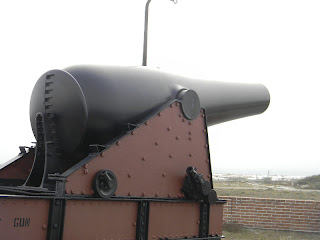We
went to The National Naval Aviation Museum in Pensacola Florida and have to say
that is one of the best museums we have ever visited. It would take several
visits to take in everything this one has to offer. Visit this link before you
go to help plan your visit. navalaviationmuseum.org
This
museum is on the grounds of the Pensacola Naval Base which is also the home
base for the Blue Angels.
The
yellow plane at the bottom of the pic was flown by President George Bush when
he was in Naval flight training when he was 17 years old.
They
are biplanes of the Great War, record-setters, experimental platforms and
survivors of epic aerial battles. In service they splashed through Pacific
swells, slammed down on the pitching decks of aircraft carriers, flew through
hails of gunfire and blasted to the stars. navalaviationmuseum.org
The 1911 Curtis Model D (or frequently, "the Curtiss pusher") was an early United States pusher aircraft with the engine
and propeller behind the pilot's seat. It was among the very first aircraft in
the world to be built in any quantity — all of which were produced during an
era of trial and error development and equally important parallel technical
development in internal combustion engine technologies.
It
was also the type of aircraft to make the first take-off from the deck of a
ship, the USS Birmingham,
and the first landing, on the USS Pennsylvania
several days apart. From Wikipedia, the free encyclopedia.
This plane is in the entrance lobby
signifying the first plane to land on an naval ship. We saw this plane fly at
the Blue Angel's air show in Pensacola. It was amazing.
They even had a section on the Navy's influence in space flight!
We highly recommend this museum to everyone that is in the Pensacola area.






















































